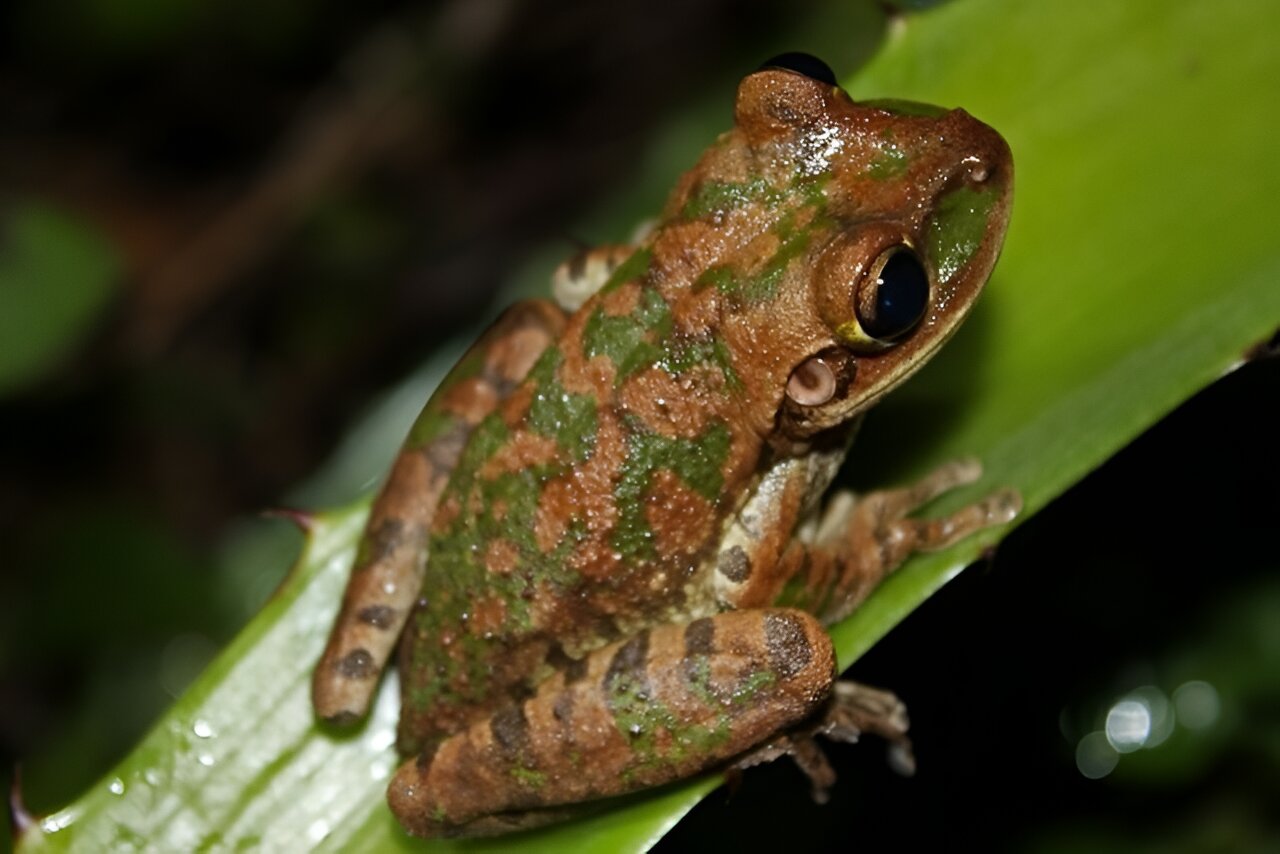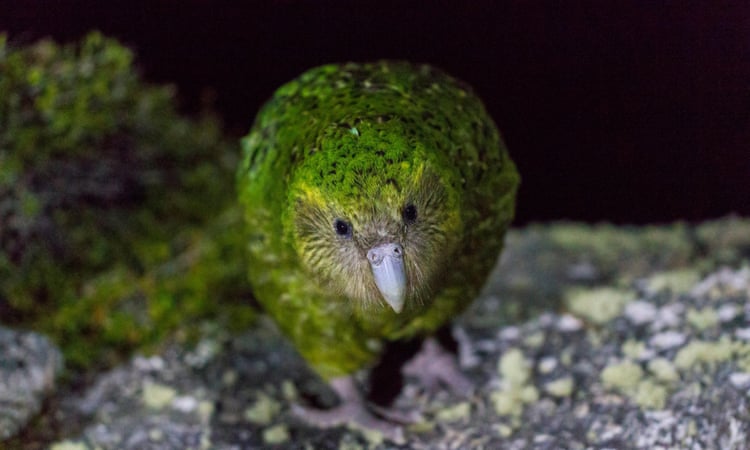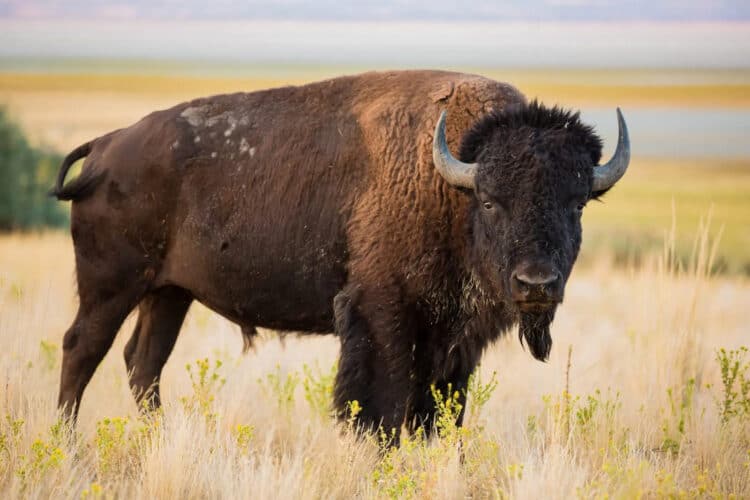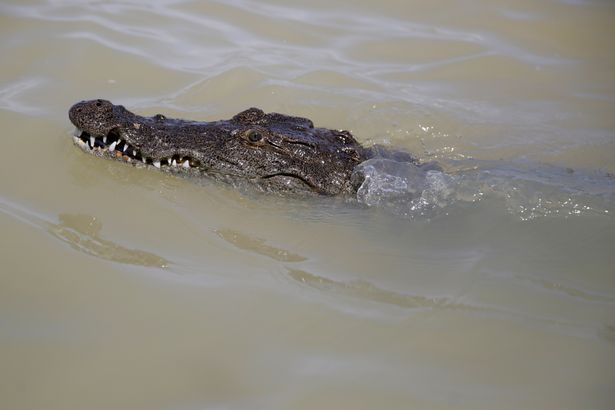You need to be sneaky if you want to catch a Kea in the wild. Kimberley Collins (Forest & Bird, BirdLife in New Zealand) goes searching for the world’s only alpine parrot in Nelson Lakes National Park, New Zealand.
As I looked up at the 1300m peak looming over me, I instantly regretted not preparing myself mentally for a long, hard climb. I had just arrived in the Upper Wairau Valley with the Department of Conservation’s Kea team. We were heading into the St Arnaud Ranges in search of female Kea and their nests.
Because Kea are the world’s only truly alpine parrot, I should have known there would be a hill or two. Corey Mosen and Sarah Fisher work with Kea during their breeding season, which starts in August and runs through to December.

They look for radio-tagged adults who show signs of nesting and visit nest sites they have found in previous years to find out whether birds are using them.
“The aim is to clap our eyes on eggs, chicks, and nests to monitor whether or not a new, independent Kea is added to the population at the end of the breeding season,” says Mosen.
Kea make their nests on the ground in natural caves and cavities in the rocks, as well as in the hollows and roots of large trees. This makes them vulnerable to predation by introduced mammals. Stoats can kill adult females and chicks, while rats and possums will hassle them in the nest and eat their eggs.
As I huffed and puffed up the steep incline, Mosen explained (without losing his breath) that it takes about four months for a Kea egg to hatch and become independent.

“They’re vulnerable for quite a long time and that’s why two-thirds of Kea chicks never fledge. Once the chicks are out of the nest and able to fend for themselves, their survival rates are good – so our team focuses on getting the chicks fledged successfully,” says Mosen.
After climbing up the range and around a bluff, we arrived at the suspected nest site. A thin path less than a metre wide cut through the forest, with a sheer drop on one side and a towering bluff on the other. A large moss-covered rock was protruding from the hillside, with a thin gap running deep underneath. This, Mosen pointed out, was where we might find a Kea.
We unloaded our packs and carefully lay on the ground to see if anyone was home. I held the torch while Mosen poked around with his Kea-finding contraption, a camera attached to the end of a broom handle. Nestled deep under the rock sat an adult bird with two newly hatched chicks and an egg.
There was no way we could disturb her with such young chicks, so we started packing up our gear. But as we clipped our bags on and turned to leave, a rustle in the beech trees overhead drew our attention. Sitting above us, with rain dripping from its deep green feathers, was another Kea – an unbanded male.
Mosen leapt into action, throwing down his bag and rifling through it to pull out his banding kit. He put a net in front of the crevice and placed his cellphone, which was playing the long sharp call of a Kea, in the middle of it. The unbanded male turned his attention to it quickly, fluttering down from the tall tree to sit on top of the protruding rock for a few minutes before landing on the phone to investigate. And, just like that, we had him.

Mosen carefully unpicked the net from his feet and held him tightly. He asked me if I had ever held a Kea before. I mumbled that I had held a Kākā once, and he replied with “close enough” before explaining how to hold it with one hand around the back of the beak and the other gripping its feet.
As the Kea’s razor sharp beak got closer to my fingers, my heart started racing, but I took a deep breath and held on tight as Mosen rifled through his banding kit. It seemed to be over in a flash – he put the bands on, measured the bird’s beak and head, weighed it, and took a blood sample. Then we let the Kea go and watched him scamper off along the path, eventually hopping into a nearby tree where he ruffled his feathers in a disgruntled manner.
Getting so close to one of New Zealand’s most well known and charismatic birds was an eye-opener. Not just because I saw first-hand how hard Department of Conservation staff work to protect them, but because I discovered just how how much their populations have crashed in recent years.
Once numbering in their hundreds of thousands, Kea are in big trouble today with an estimated 1000–5000 birds left. Estimating exactly how many are left in New Zealand is a challenge. As I had just found out, they cover huge areas of rugged terrain that is hard to access, and their solitary nature as adults means you may only find one or two birds in a single monitoring trip.

Kea Trouble
Kea numbers were decimated from 1860 to 1970 when more than 150,000 birds were killed as part of a New Zealand Government-led bounty programme to stop the birds from picking fatty deposits off the backs of sheep. Kea are world famous for their intelligence and inquisitive nature, but this behaviour can get them in trouble.
When they frequent populated areas – such as Arthur’s Pass village – they are known to get hit by cars, stuck in man-made objects, and sick from human food, which is often fed to them by people who want to get up close with one of New Zealand’s better known birds.
“I was in Arthur’s Pass once, and I saw a Kea just standing by a dumpster, looking a bit frantic. I thought ‘what’s going on here?’ so I opened the dumpster and his mate had been in there looking for food, but someone must have closed the lid. He was okay, but it’s a good example of the kind of trouble they can get themselves into,” explains Mosen.
Lead poisoning is also causing problems for some populations of Kea, as they lick and chew the lead fixtures on older houses and huts. It can depress their immune systems, impair development, and lower their cognitive function.
This article was first published by BirdLife International on 10 Mar 2017.






Leave a Reply